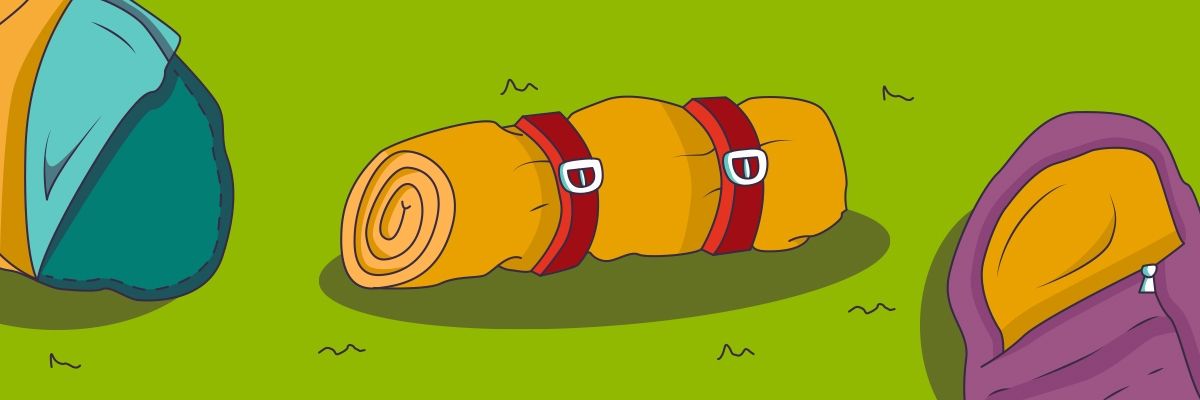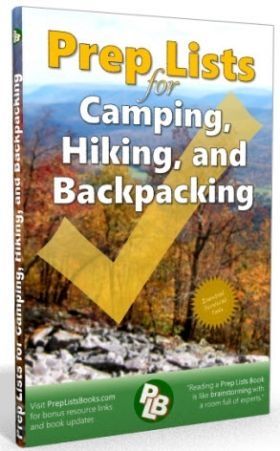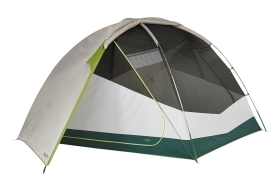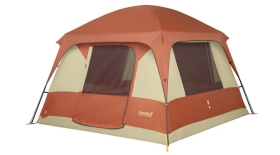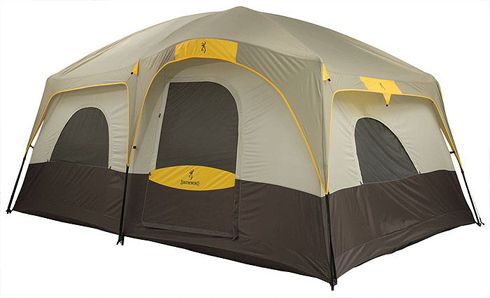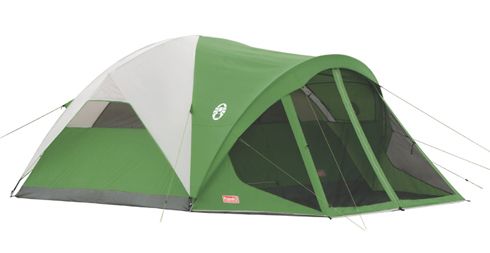Tips for Picking a Good Sleeping Pad.
When going camping, a tent is not enough to get the best quality of sleep at night. That would be just like putting some plastic on the ground and sleeping on it. The soil and rocks underneath are rough and hard, and they won't give you a comfortable surface to sleep. Also, the ground is cold, making it a less than perfect place to sleep.
What can help is a sleeping pad. It is the closest thing to a portable mattress that you can bring along on your outdoor adventure. Sleeping pads give both cushioning from the ground and insulation to keep you warm as you sleep.
Just like beds and mattresses, though, there are many different kinds of sleeping pads available. It can be a bit overwhelming to choose the right one, so here are three basic guidelines every camper should consider.
1) Sleeping Pad Types
There are three main types: air pads, self-inflating pads, and closed-cell foam pads. Here's an overview of each type.
Air pads. These are lightweight and ideal for any situation, whether backpacking or car camping. They provide a decent level of insulation in warm conditions. Also, they fold up neatly and are very compact when packed.
Air pads need to be inflated before use, either by blowing air directly through them or with a hand pump. Most air pads are quick to inflate – 3 minutes of blowing in the air usually are enough. Adjusting the firmness of the pad is also very easy – either release air or pump more air into the pad.
One thing to note is that air pads tend to feel like they're losing air when the ambient temperature changes. To avoid any discomfort related to this, inflate the pad with a bit more pressure than usual before sleeping at night.
Air pads can be torn or punctured, though, but repairing them is not that hard if you bring along a puncture repair kit.
Self-inflating pads. They are just like air pads, except that they do away with the need for blowing or pumping air for inflation. All you have to do is open the pad's valve, and then air automatically fills it. As with air pads, the firmness can be adjusted by either releasing or pumping more air.
This type of pad is usually less expensive than air pads and made of stronger materials. They also do not have that tendency to feel like they're losing air.
Puncturing self-inflating pads is still possible, though, but repairs are not complicated. Again, packing a puncture repair kit makes the job a lot less tedious.
Closed-cell foam pads. These types are made of dense foam and filled with tiny cells of air. As such, they tend to be stiff and don't offer a lot in terms of cushioning. However, they are inexpensive and more durable. Closed-cell foam pads do not suffer from puncture damage, and you can even carry them outside your bag with no issue. That leaves more room for other stuff inside your bag.
Because they are stiff, these pads tend to be bulky and not too comfortable. They do make for good padding, though, when you want to sit down on logs, tree stumps, or the ground.
Other campers could choose to put these pads under their air pads for additional insulation in freezing weather. You may do that too, but that means you'll have to carry more than one sleeping pad. Thus, this method would be only suitable for car camping.
2) Insulation and R-Value
One critical function of a sleeping pad is keeping your body warm. The material used in each pad's constructions largely contributes to this effect. Insulation may be on the surface of the pad, inside it, or both. Most air pads and self-inflating pads today have at least one layer of insulation on the inside, helping to keep the heat in your body and away from the ground.
A more objective measure of a sleeping pad's ability to resist heat flow is the R-value. The higher this number is, the more a sleeping pad can stop body heat from leaking into the ground. In other words, pads with higher R-values can better keep you warm in your sleep.
Different sleeping pads are suited to different conditions and thus have varying R-values. The typical summer sleeping pads have R-values of at least 3. Thicker pads have much higher R-values, and they are more suited to snowy or chilly weather.
3) Shape and Size
Many sleeping pads are simple rectangular shapes of various widths, either for only one person or two people. Other pads, though, have tapered shapes to save space when packed. Usually, the head part is wider, and it tapers down to the bottom.
The length is also a crucial factor. The sleeping pad should, at the very minimum, support your hips. Pads that are 72-78 inches can support the whole body, which is a big plus in terms of comfort. However, small pads, which are 47-48 inches, and do not cover most of your legs, but are lighter, and easier to pack. To offset the lack of length, you may put bags or clothes under your legs to give them some softness.
